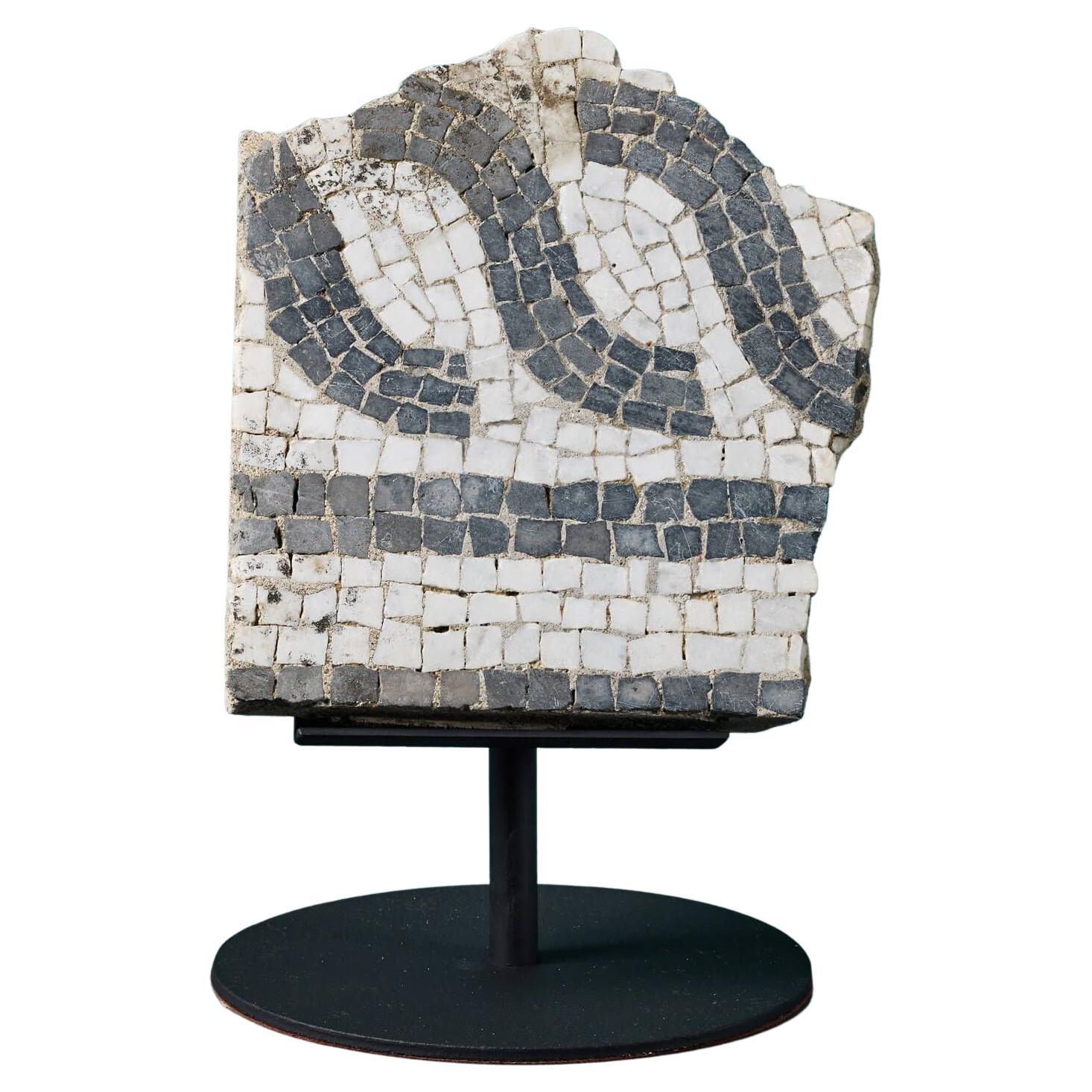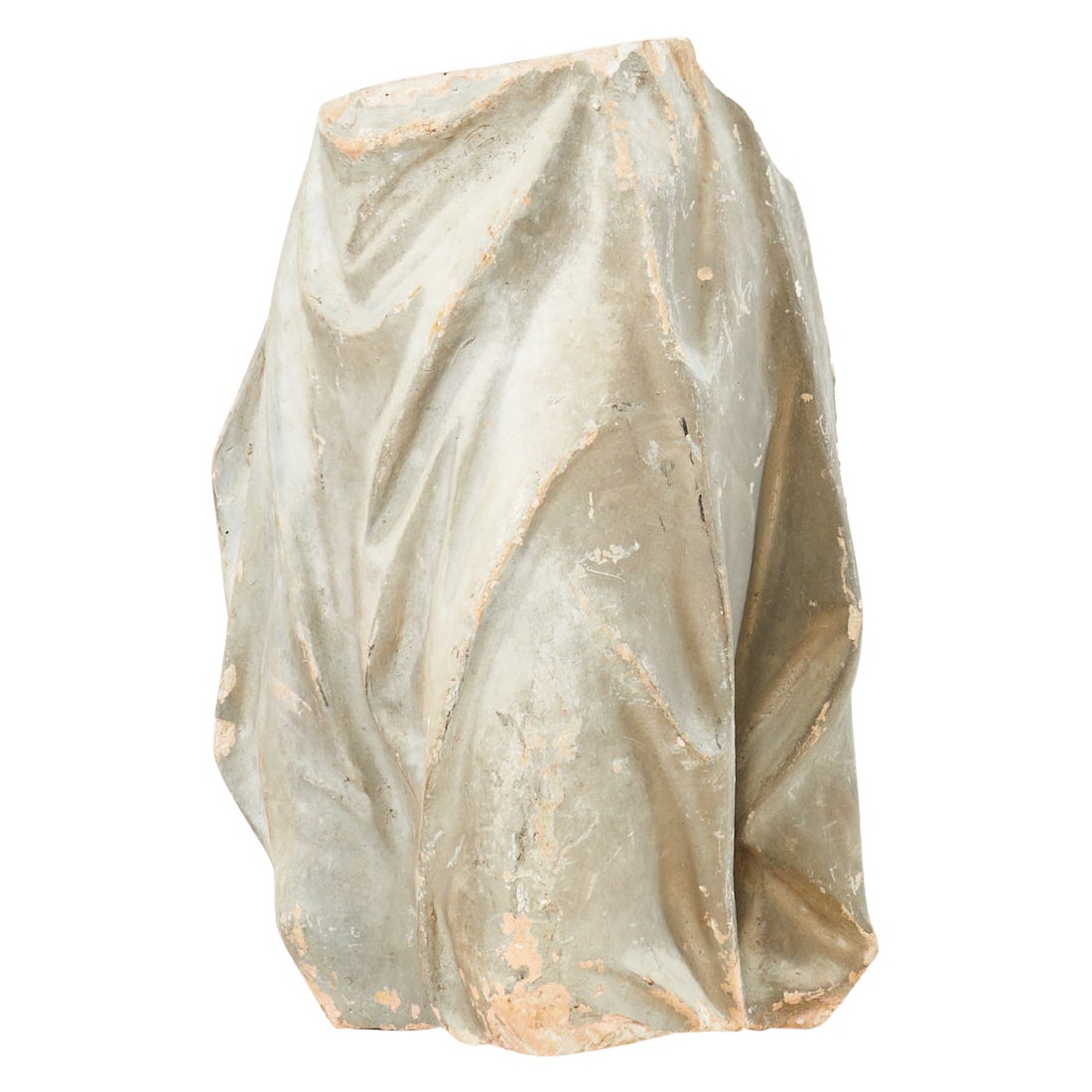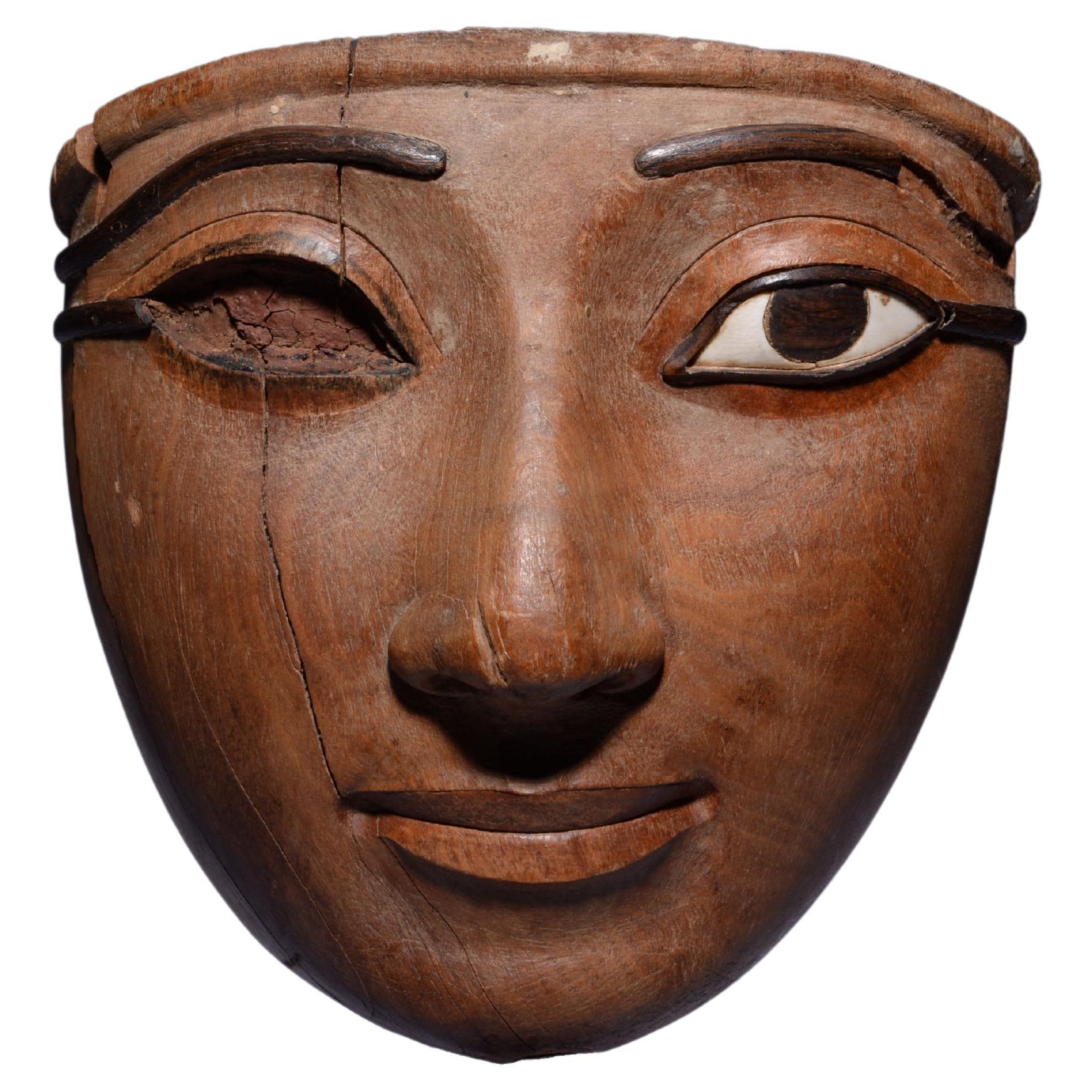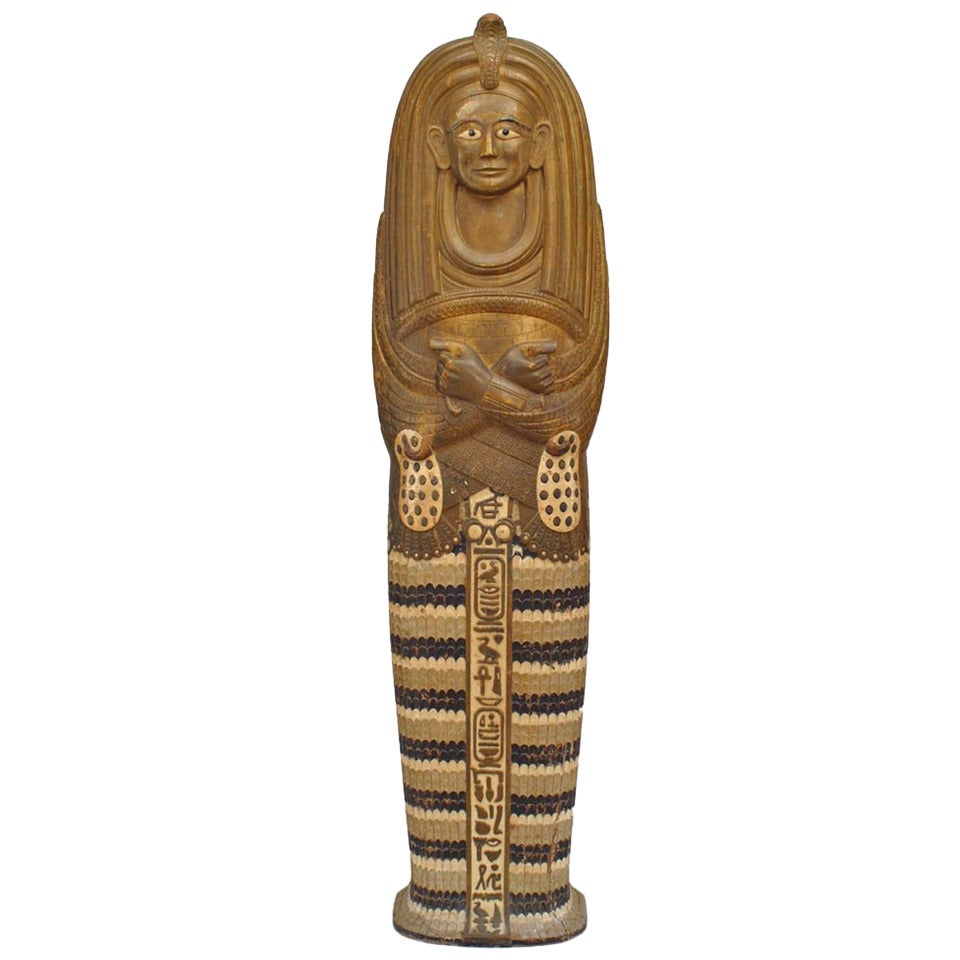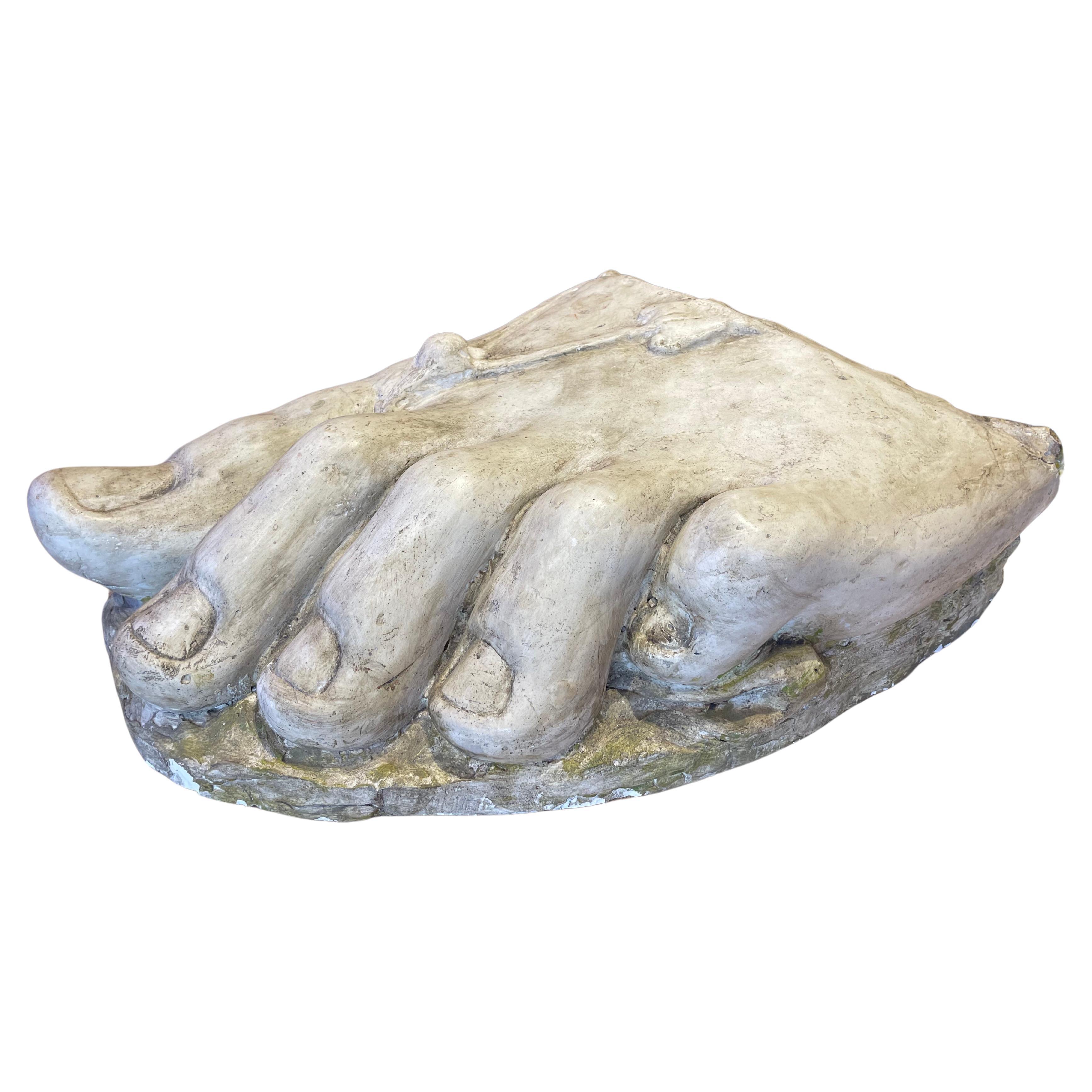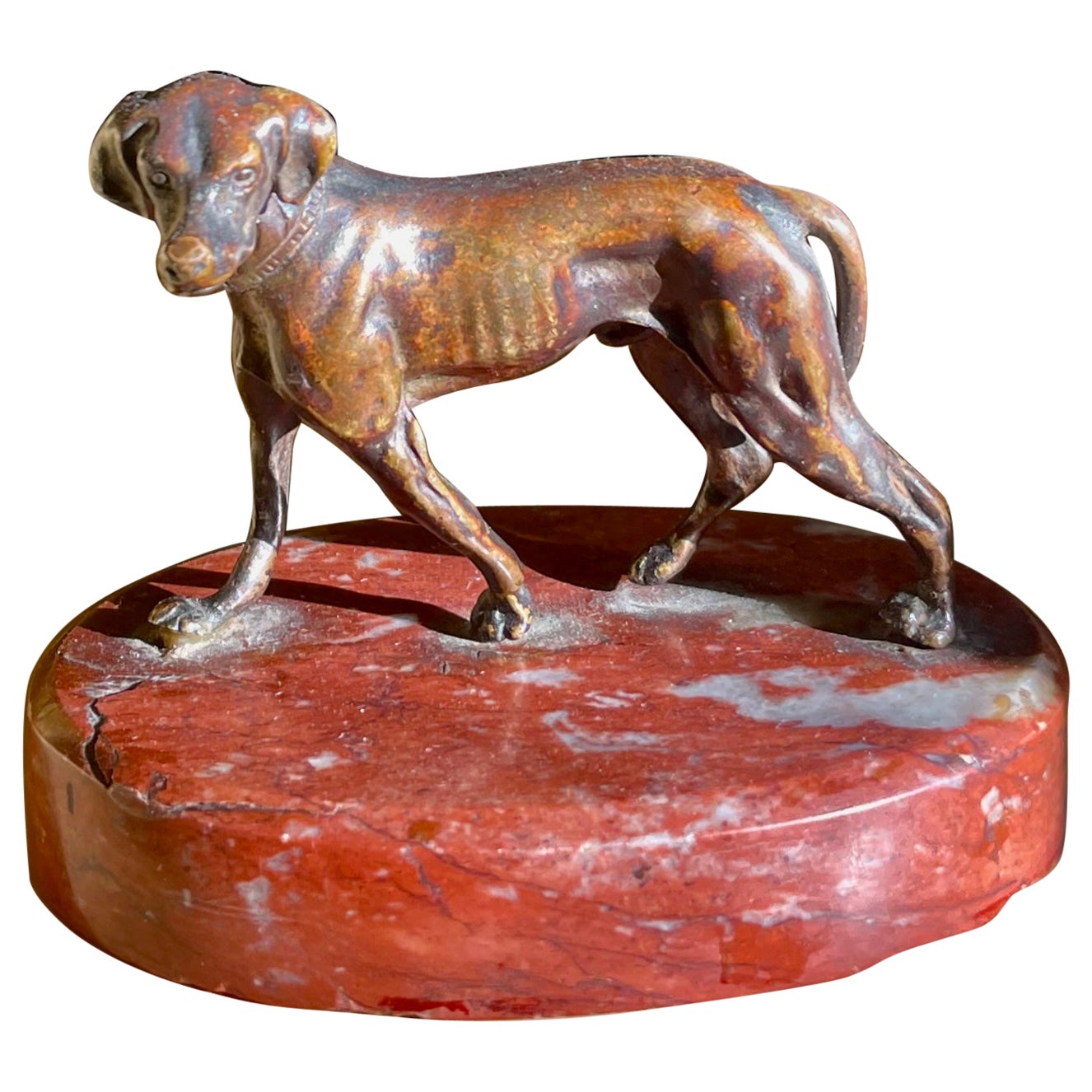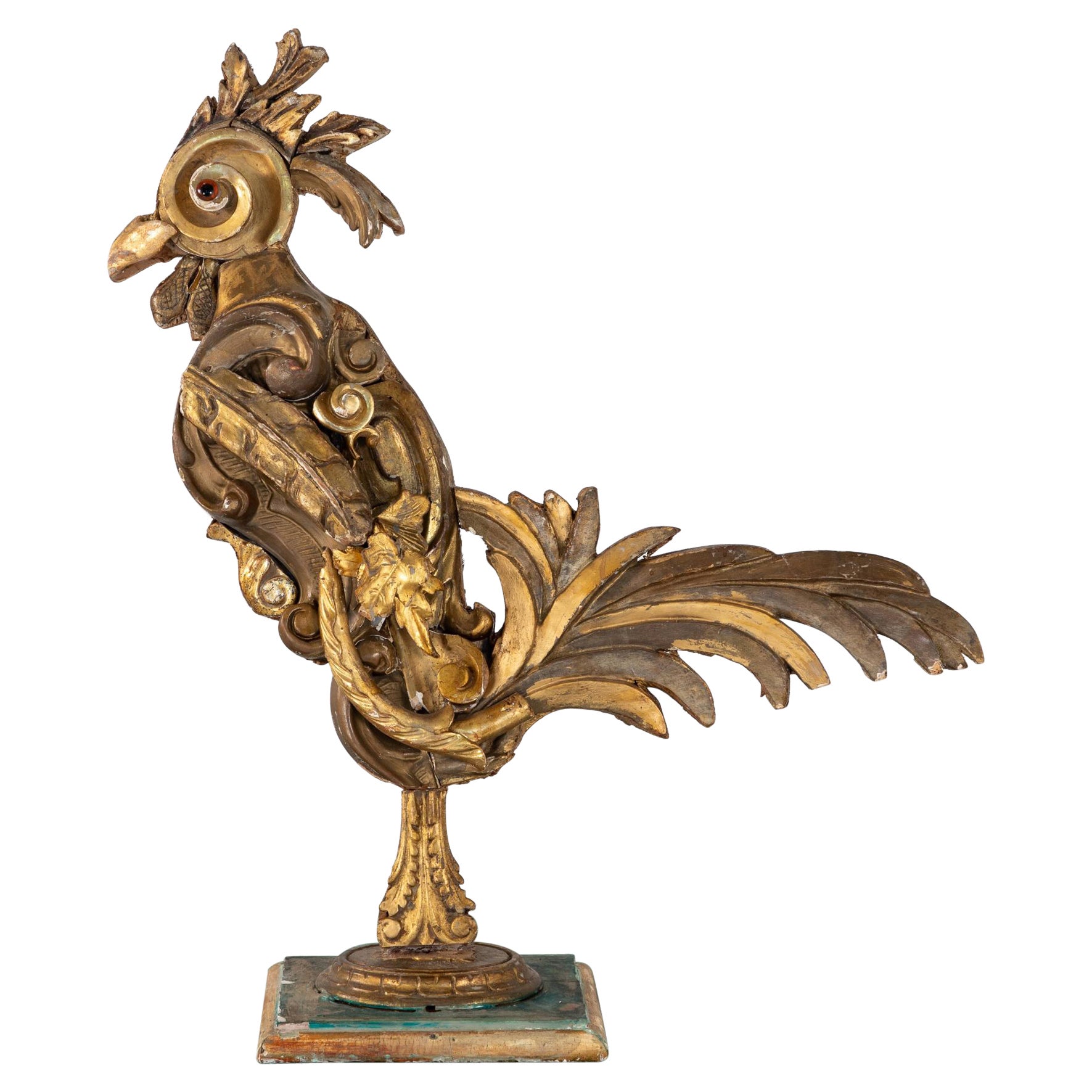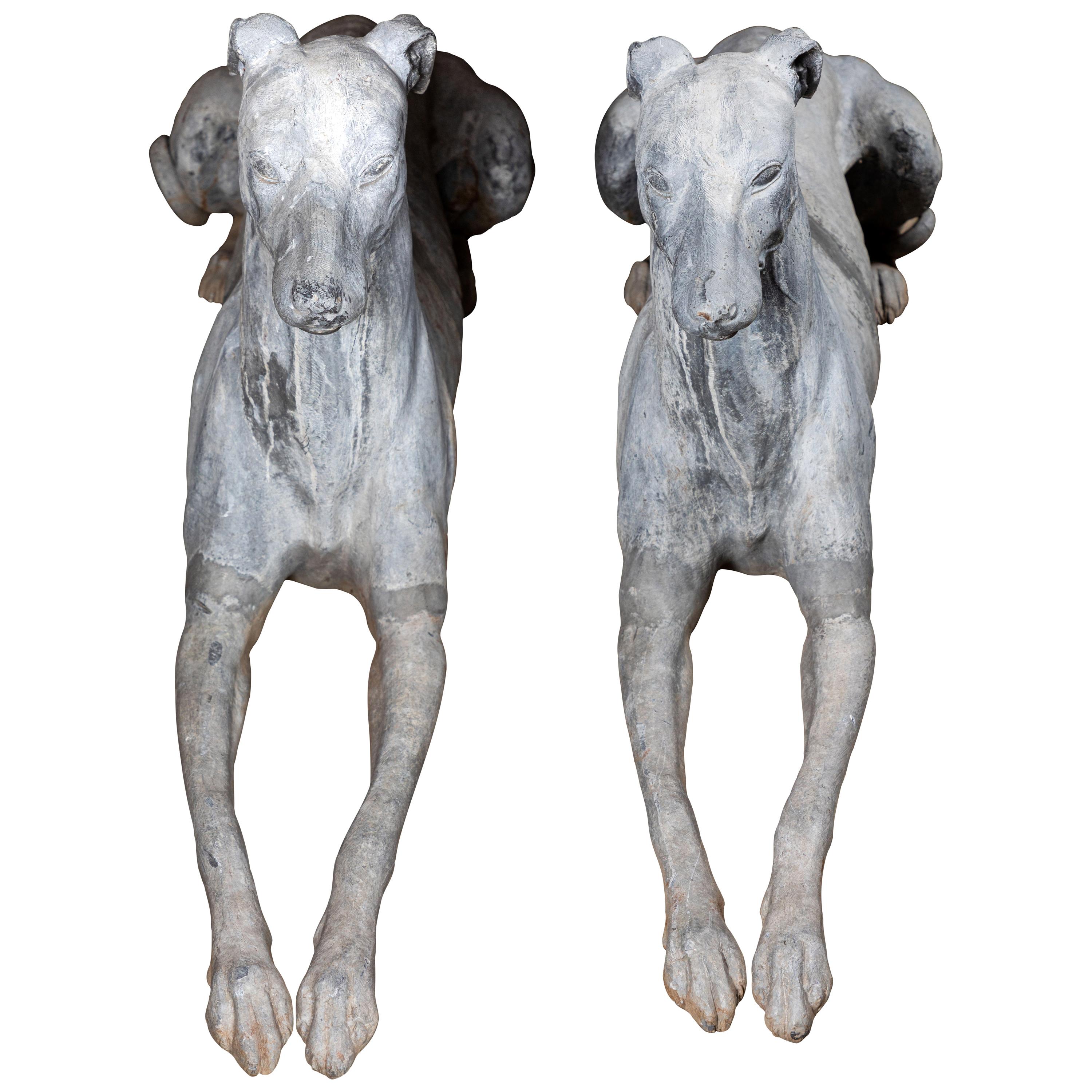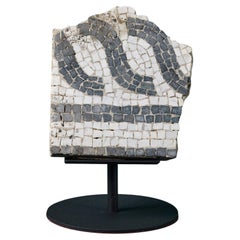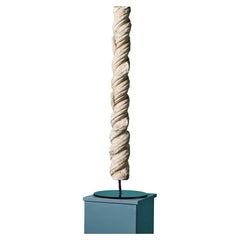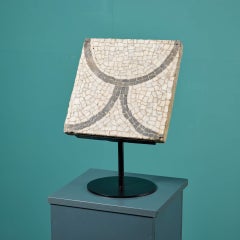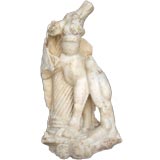
Roman Laconian Hound - Sarcophagus Fragment
View Similar Items
1 of 2
Roman Laconian Hound - Sarcophagus Fragment
About the Item
Laconian hounds often appear on sarcophagi depicting lion hunts or mythological episodes involving hunting such as the legends of Hippolytus and Meleager
- Dimensions:Height: 23 in (58.42 cm)
- Materials and Techniques:
- Period:
- Date of Manufacture:Roman-Severan Period, 193-235 A D
- Condition:good; restoration to snout.
- Seller Location:Los Angeles, CA
- Reference Number:1stDibs: U080912852119
You May Also Like
- Reclaimed Roman Style Mosaic Fragment on StandLocated in Wormelow, HerefordshireThis reclaimed roman style mosaic on stand is a fragment from history. It contains intricate mosaic work using contrasting coloured marble, giving it the look of an ancient Roman vil...Category
Antique Mid-19th Century English Grand Tour Mounted Objects
MaterialsCement, Marble, Steel
- Single Marble Column Fragment in the Roman StyleLocated in Wormelow, HerefordshireA 16th century roman style marble column fragment circa 1550. This Solomonic marble column is mounted onto a bespoke steel base. A fascinating, ...Category
Antique 16th Century Italian Grand Tour Mounted Objects
MaterialsMarble, Steel
- Roman Style 19th Century Mosaic Fragment on StandLocated in Wormelow, HerefordshireThis roman style mosaic on stand is a fragment from history. It was reclaimed from a building in the southeast of England and includes a bespoke steel st...Category
Antique Mid-19th Century English Neoclassical Mounted Objects
MaterialsCement, Marble
- Neoclassical Style Terra Cotta Greco-Roman Goddess Figural FragmentLocated in Rio Vista, CAHeavenly terra cotta figural fragment with a painted silver finish of a Greco-Roman goddess torso. The neoclassical style fragment has a weathered patina on the finish with losses fu...Category
20th Century Italian Neoclassical Figurative Sculptures
MaterialsTerracotta
- Exceptional Egyptian Sarcophagus MaskLocated in London, GBExceptionally Fine Wooden Sarcophagus Mask Third Intermediate Period, 21st Dynasty, circa 1069-945 BC. Acacia wood, rosewood, hippopotamus ivory Masterfully carved from a single piece of fine-grained hardwood, the present mask is characteristic of the most exquisite funerary art made during the 21st Dynasty, and was probably commissioned for a particularly high-ranking individual. The oval face displays a gently smiling mouth with full, outlined lips, furrows at the corners and a bow-shaped philtrum. The straight nose with rounded nostrils, the cheeks full and fleshy and the large, almond shaped eyes with heavy lids and tapering cosmetic lines, set below long, sweeping eyebrows. Social collapse across the Mediterranean in the Late Bronze Age meant that the 21st Dynasty in Egypt was a period of great turmoil. Trade routes were disrupted, governments collapsed, and mass migration occurred. Economic scarcity meant that traditional funerary practices in Egypt were also affected, with a lack of material and financial resources leading to the reuse of preexisting material. As a result, during the 21st Dynasty, 19th and 20th Dynasty coffins changed ownership rapidly and were heavily recycled for new purposes. Tombs were also unmarked allowing them to be shared by many people. These new practices brought forth a shift in the understanding of funerary paraphernalia. No longer important objects owned forever by the deceased, they were now simply seen as short-term transformative devices, whose symbolic and ritualistic meaning could be appropriated for others. However, paradoxically, the art of coffin-making also reached new heights during this period, and many of the richly dec- orated “yellow” coffins, characteristic of the 21st Dynasty, are remarkable works of art in their own right. Indeed, knowing that coffins were being reused throughout Egypt, the Egyptian élite set themself apart by commissioning lavish sarcophagi decorated with the images and texts meant to help guide them to the afterlife, and which would otherwise have adorned the tomb walls. As coffins were the chief funerary element which now identified the dead and allowed them a physical presence in the world of the living, their quality and appearance were of the utmost importance. The traditional coffin ensemble was made of three parts: a wooden mummy cover, which laid directly atop the mummy, an inner coffin, and an outer coffin, both made of a lid and case. Additional decorative elements, such as masks, were carved out separately and later glued or pegged to the lids. After the completion of the painted decoration, the sarcophagus was covered in a varnish to give it its yellow colour. Gilding was sometimes used for the coffins of the high priests’ families, notably on parts representing naked skin, such as the face mask. However, some of the élite tactically avoided gilding altogether as to ensure that their coffin would not be looted. When manufacturing the inner and outer coffins, particular attention was paid to the woodwork. Displaying the skill of the carpenter, this type of funerary art has largely remained unparalleled throughout Egyptian history. The principal wood used to craft the present mask is Acacia nilotica. The evergreen Egyptian acacia was considered sacred and said to be the tree of life, the birthplace of the god Horus, as well as symbolic of Osiris, the god of the dead and resurrection. The modelling of the face in the wood is superb, but the inlays also help mark this mask out as exceptional. Inlaid eyes and eyebrows were extremely rare and reserved to the finest and most expensive coffins. Traditionally, eyes were made of calcite, obsidian, or quartz, and eyebrows of coloured glass paste or bronze. Here, the pupils, eyebrows, and cosmetic lines are inlaid with Dalbergia melanoxylon, a rare type of wood which belongs to the rosewood genus. In antiquity, however, it was known as Ebony of the Pharaohs, from the Egyptian word “hbny”, meaning dark timber, because of its black, lustrous appearance. An extremely dense and hard wood requiring significant skill to work with, ebony was a luxury material highly coveted by the pharaohs themselves, to make furniture, decorative and funerary objects. The wood was imported with great effort from the southern Land of Punt, most likely modern Sudan, Ethiopia, Djibouti, and Eritrea, alongside other luxury goods such as gold and ivory. A magnificent ebony throne, recovered in the tomb of King Tutankhamun, illustrates the incredible aesthetic potential of this material and why it was so highly valued by Egyptian royalty. Only élite members of Egyptian society could have afford- ed Ebony of the Pharaoh inlays for their funerary mask. The sclerae on the present piece were once both inlaid with hippopotamus ivory. Whiter than elephant ivory, this type of ivory is also denser, and more difficult to carve. The use of this luxury material, reputed for its gleaming appearance, enhances the lifelikeness of the eyes. For the Egyptians, hippopotamus ivory was imbued with magic powers. The hippopotamus was indeed both feared and venerated due to its aggressive behaviour. Whilst the male hippopotamus was associated with danger and chaos, the female was benevolent and invoked for protection, especially of the house and of mothers and their children, through the hippopotamus goddess Tawaret. Thus, not only was hippopotamus ivory used as an inlay and to make practical objects, such as combs and clappers, but it was also used to make talismans like apotropaic wands or knives. Made during a time of scarcity where few could afford made-to-order coffins, the present mask could have only belonged to one of the highest-ranking individuals in society. Undoubtedly one of the finest Egyptian coffin...Category
Antique 15th Century and Earlier Egyptian Egyptian Figurative Sculptures
MaterialsFruitwood, Hardwood
- Egyptian Carved Sarcophagus FigureLocated in New York, NYEgyptian carved and painted life size sarcophagus figure (19/20th Cent)Category
Antique 19th Century Unknown Egyptian Sculptures
MaterialsWood, Paint
Recently Viewed
View AllMore Ways To Browse
Hound Sculpture
Lion Hunting
Roman Marble Fragment
Lion Fragment
Marble Column Fragment
Fragment Of A Spiral
Roman Sarcophagus
Marble Sarcophagus
Hand Antique Sculpture
Jean Gold
Decorative Sculpture On Stand
1930s Art Deco Style
Antique Furniture Symbols
Vintage Figural
Vintage Figure
Ancient Greece
Ancient Greek
Birds Pair
